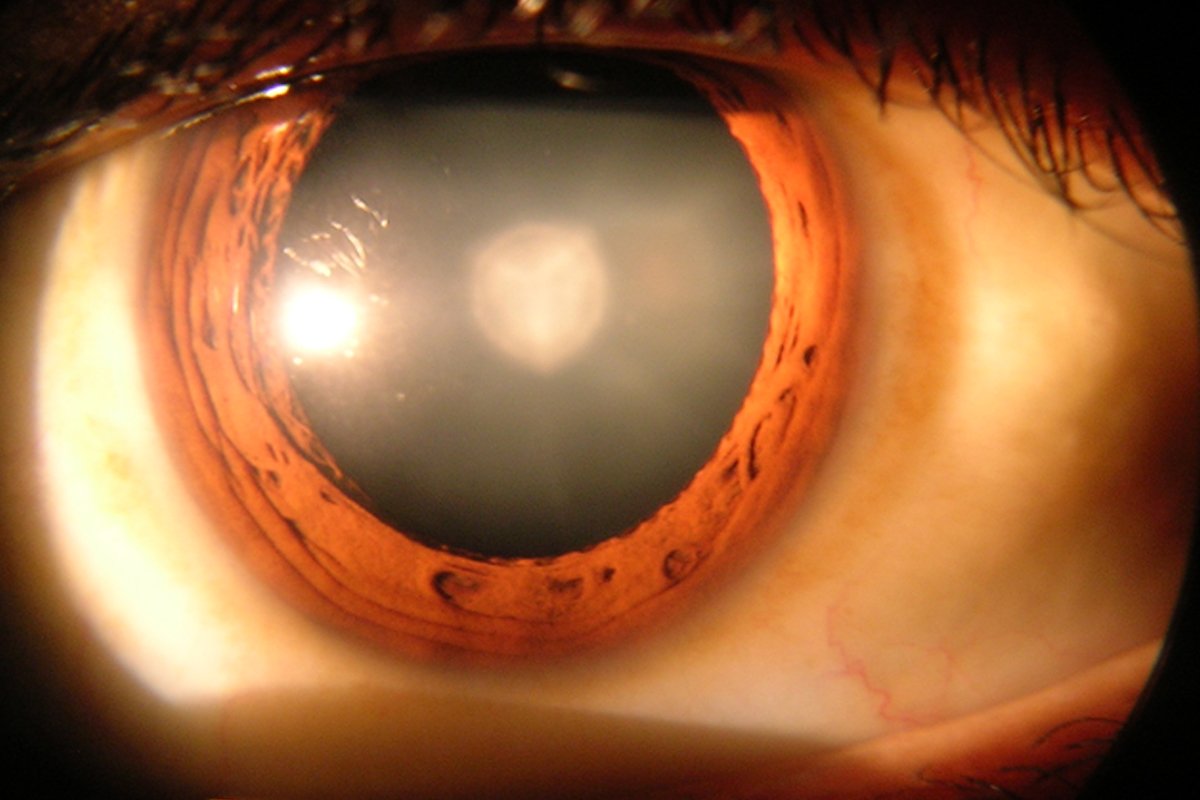
What is Anterior Segment Surgery?
Anterior segment surgery refers to a category of surgical procedures that focus on the front part of the eye, known as the anterior segment. The anterior segment includes structures such as the cornea, iris, ciliary body, and lens. Surgical interventions in this region are commonly performed to address various eye conditions, aiming to improve vision and alleviate discomfort.
One of the most common anterior segment surgeries is cataract surgery, where the cloudy lens is replaced with a clear artificial intraocular lens (IOL) to restore vision. This procedure has evolved over the years, with advancements like phacoemulsification, a technique that uses ultrasonic vibrations to break up the cloudy lens for easier removal.

Corneal surgeries also fall under anterior segment procedures, targeting issues such as corneal transplants, refractive surgeries like LASIK (Laser-Assisted In Situ Keratomileusis), and treatments for conditions like keratoconus.
These surgeries aim to enhance the clarity and focusing power of the cornea, correcting refractive errors and improving visual acuity.
Glaucoma surgeries, addressing increased intraocular pressure, are another subset of anterior segment procedures. Trabeculectomy and other techniques help create new drainage pathways to manage fluid in the eye and reduce pressure, preventing optic nerve damage.
Anterior segment surgeries often involve microsurgical techniques and specialized instruments due to the delicate nature of the eye structures. These procedures require precision and skill from ophthalmic surgeons to ensure optimal outcomes.
In summary, anterior segment surgery encompasses a range of procedures focused on the front portion of the eye. Whether treating cataracts, corneal issues, or glaucoma, these surgeries aim to improve vision, alleviate symptoms, and enhance the overall health of the eye.
